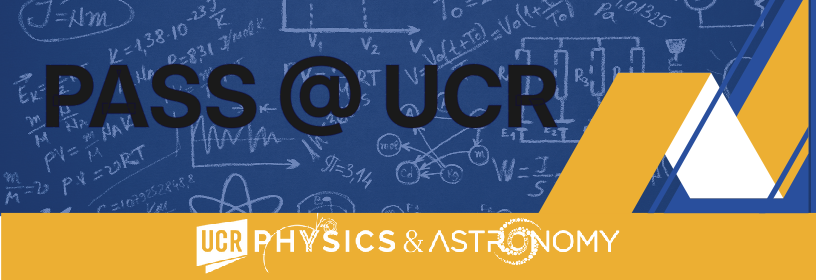
Detecting Cosmic Messengers with the EUSO-SPB2 Cherenkov Telescope
Eliza Gazda, PhD Monday, 12:00 pm, Conference Room (PHYS 3051) Detecting Cosmic Messengers with the EUSO-SPB2 Cherenkov Telescope The Extreme Universe Space Observatory on a Super Pressure Balloon 2 (EUSO-SPB2) was launched from Wanaka, New Zealand, on May 13, 2023, marking the first high-altitude optical Cherenkov Telescope (CT) mission. The CT operated successfully for two full nights until the flight ended about 36 hours later due to a balloon leak over the Pacific Ocean. Despite the brief duration of the flight, the CT conducted the first neutrino background measurements at this altitude and searched for Cherenkov light signatures from Extensive Air Showers (EAS). Observations conducted above the Earth’s horizon resulted in the detection of EAS produced by cosmic rays (CRs) interacting with the atmosphere. I present the path we took towards developing and launching the EUSO-SPB2 Telescope as well as the first analysis on cosmic ray data observed during this mission. ...